The coral reefs on Son Tra peninsula have enchanting beauty and strange marine life that have been photographed by Mr. Dao Dang Cong Trung, who often scuba dives to pick up trash on the seabed in Da Nang, for many years.
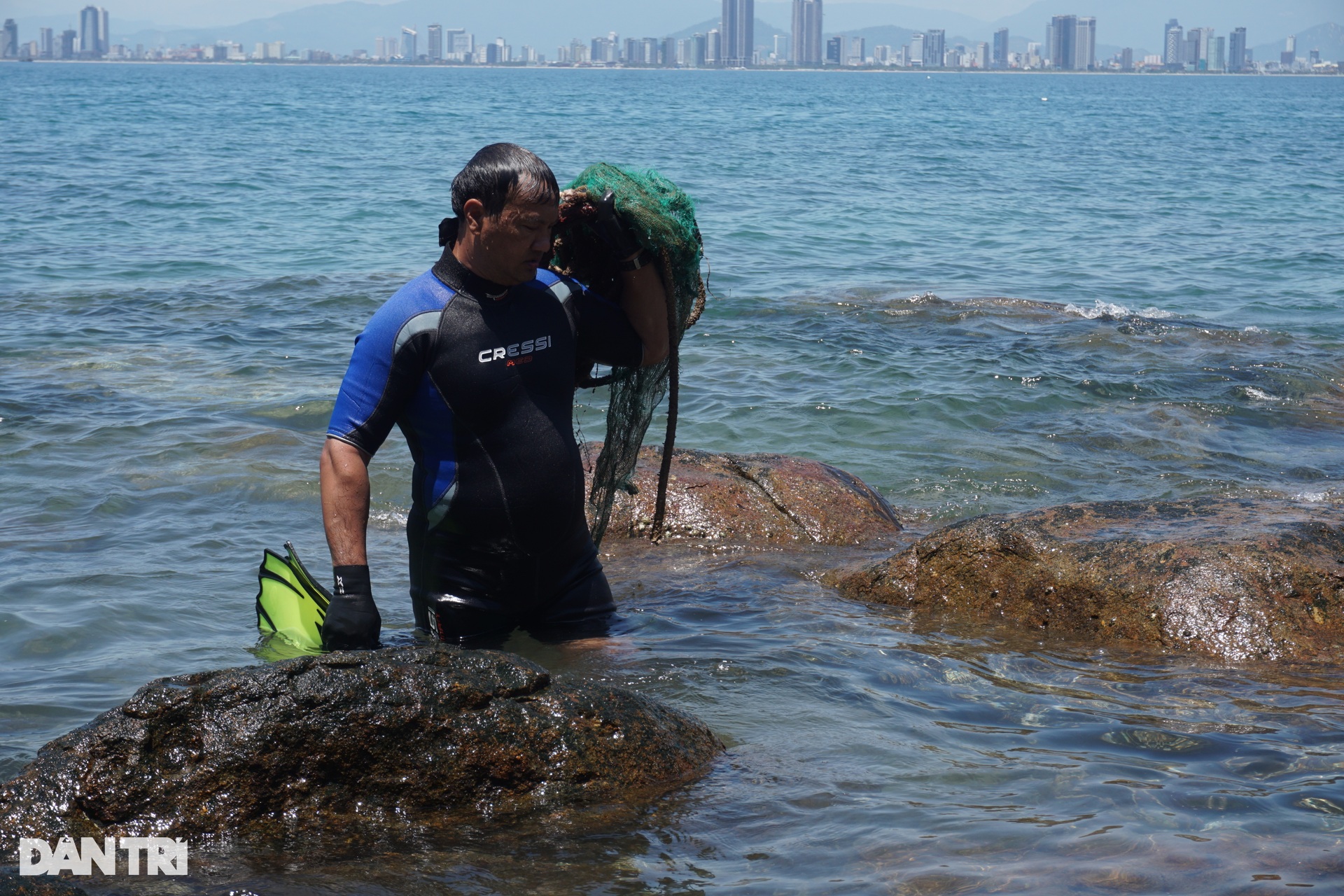
As a sea lover and “water addict”, Mr. Dao Dang Cong Trung has a special love for the coral reefs and creatures under the sea in Da Nang. Mr. Trung took a series of photos of the beauty of the coral reefs at the bottom of the sea in Da Nang for nearly 10 years, when he was scuba diving to pick up plastic waste (Photo: Hoai Son).
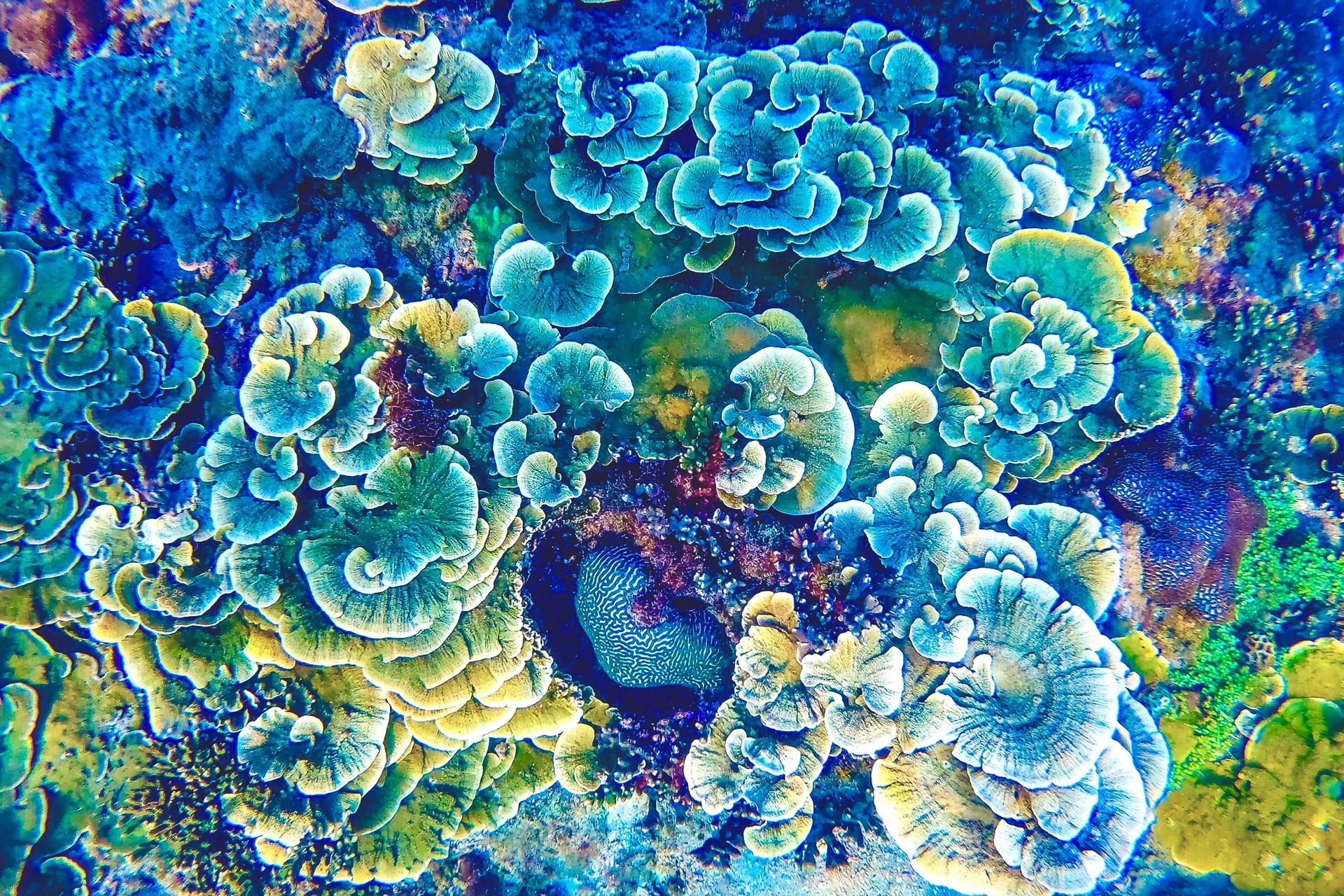
Mr. Trung said that Son Tra peninsula has many species of coral. Many years ago, when working with international guests, he soon learned about the importance and characteristics of coral.
Having an international diving and rescue certificate, Mr. Trung often dives to pick up trash on the seabed and records images of beautiful coral reefs.
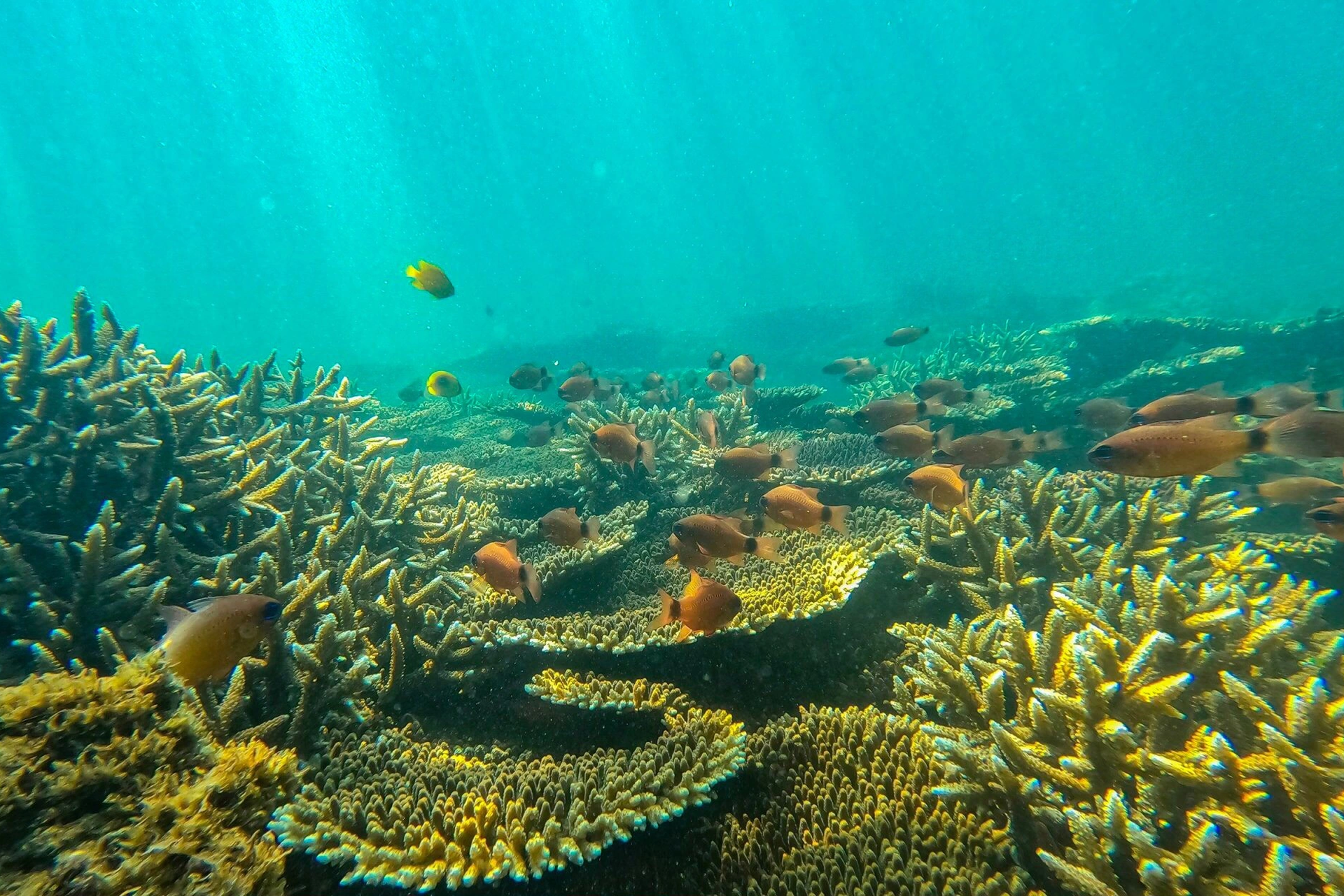
Hard coral reefs develop over hundreds of years, a reef can be 3-4m wide. Undersea corals are like tropical forests on land, hosting biodiversity, supporting many types of fish and other marine life.
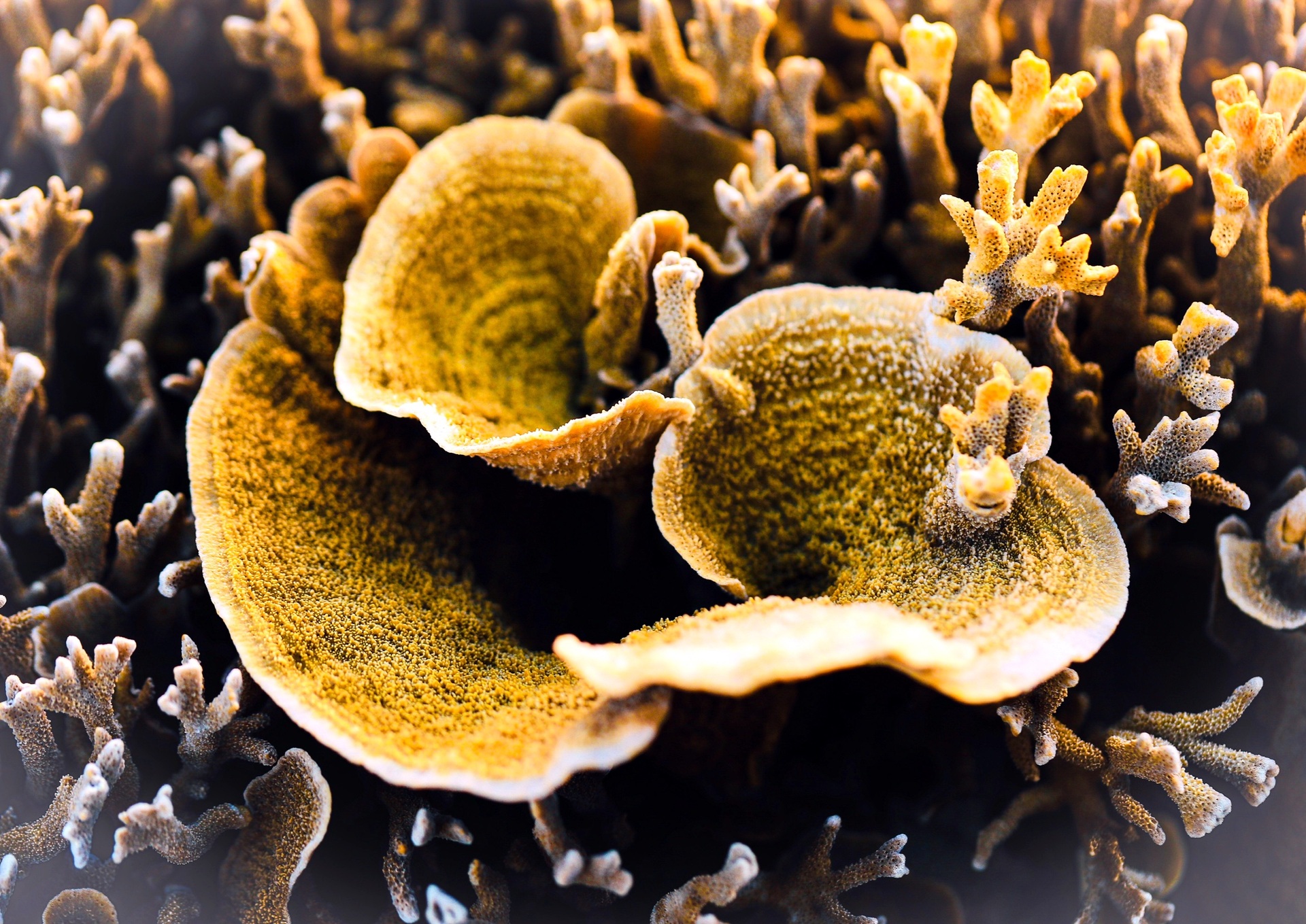
According to Mr. Trung, not every country in the world has coral, this species only grows in equatorial and sub-equatorial regions, where the water is clean and clear. Each year, coral only grows 1cm taller. If you see a coral reef about 1 meter high, it means this coral reef is hundreds of years old.
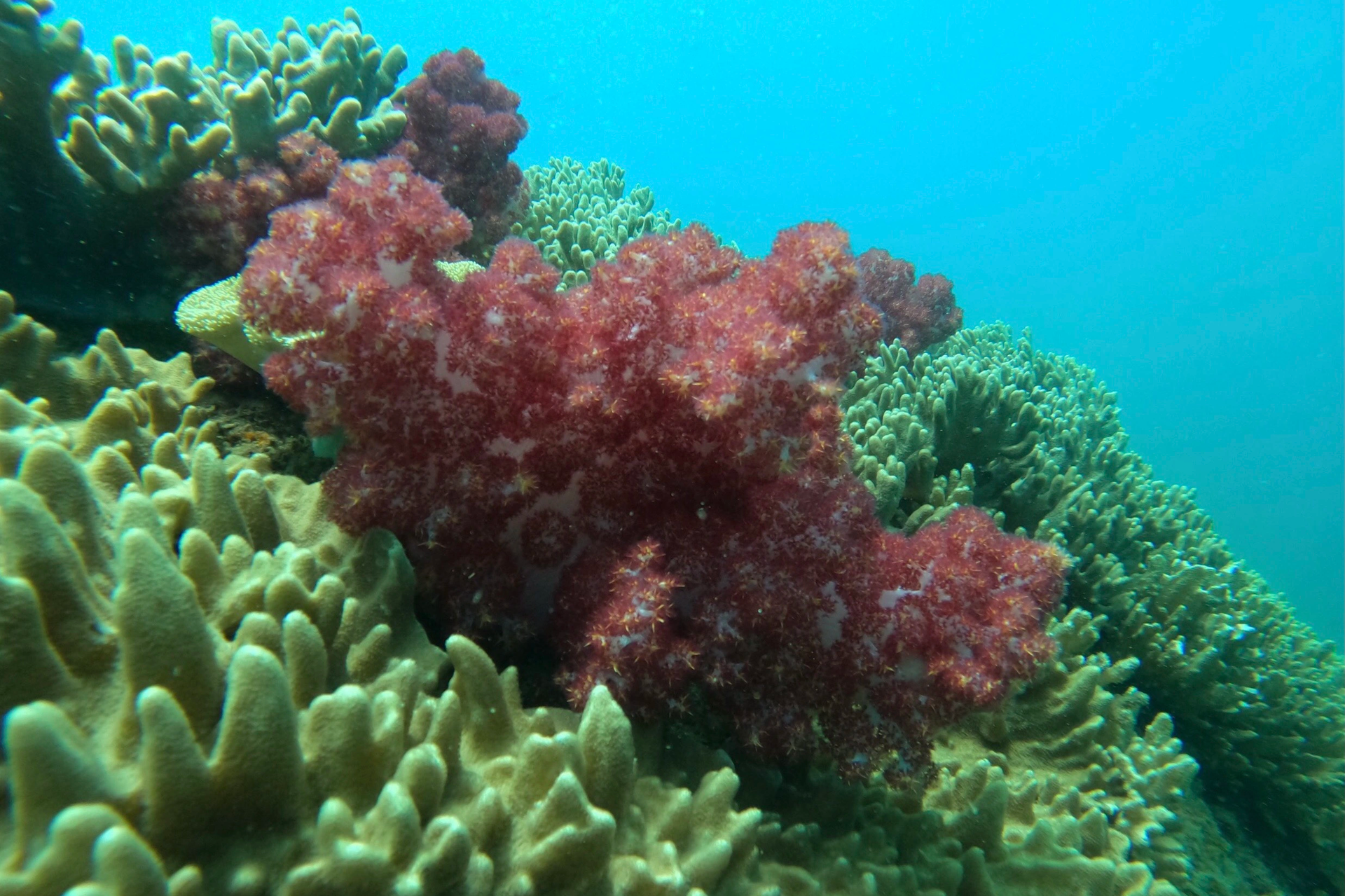
According to Mr. Trung, there are still a lot of corals in Son Tra. In particular, the coral area on the south beach is close to the shore so it is vulnerable because people go out to look at it and accidentally step on it. Coral reefs break, die and take many years to regenerate.
In the photo is a young coral living at a depth of 7m, with colors of red, pink, yellow, and purple.
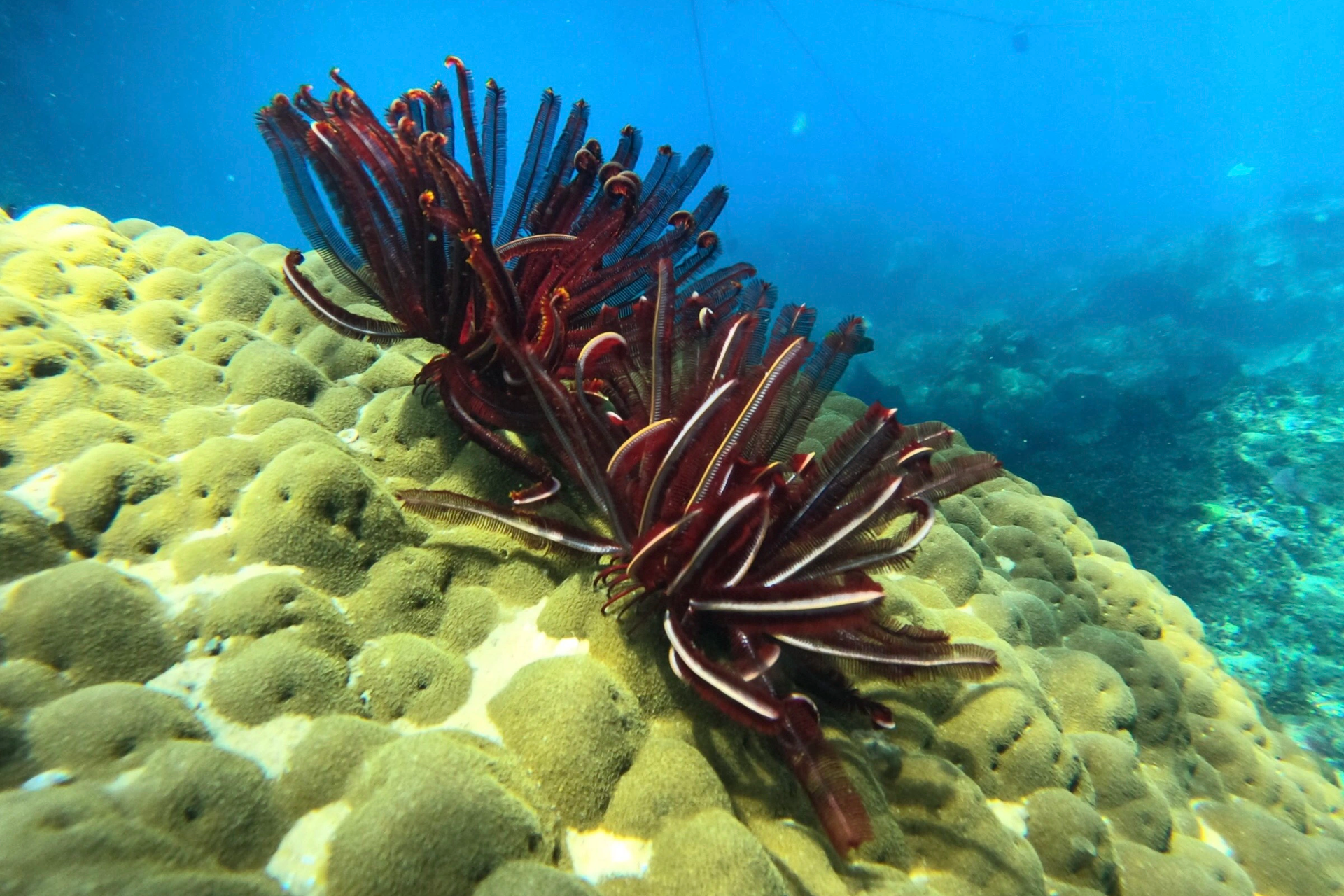
The most difficult photo Mr. Trung took was of the Feather Star (sea lily), this species clings to rocks at a depth of over 3m, while the condition of holding one’s breath underwater without an oxygen tank is only a maximum of 2 minutes, from at the beginning of the dive.
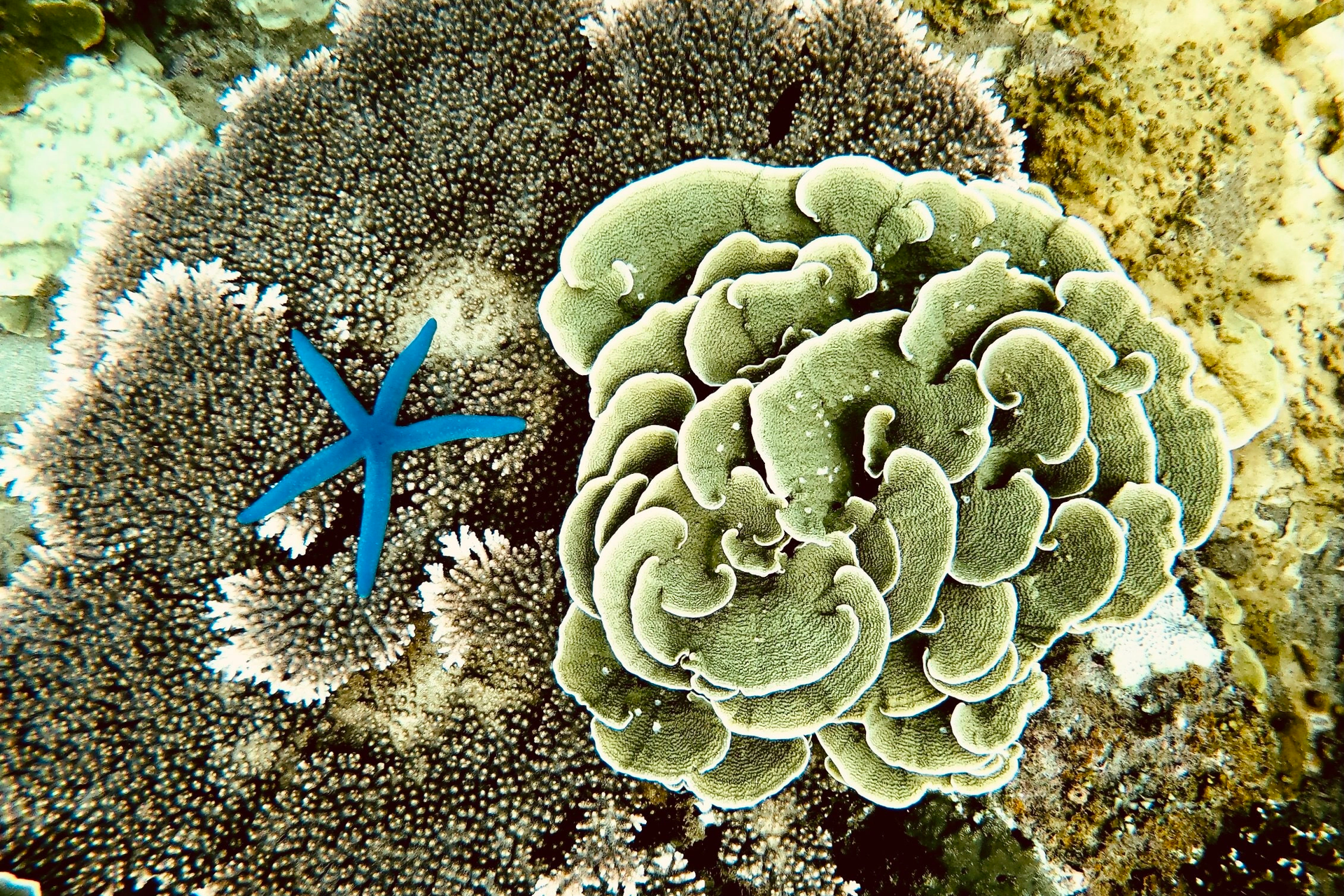
Coral is a shelter for many creatures on the seabed. In the picture is a starfish clinging to a coral reef at a depth of 10m.
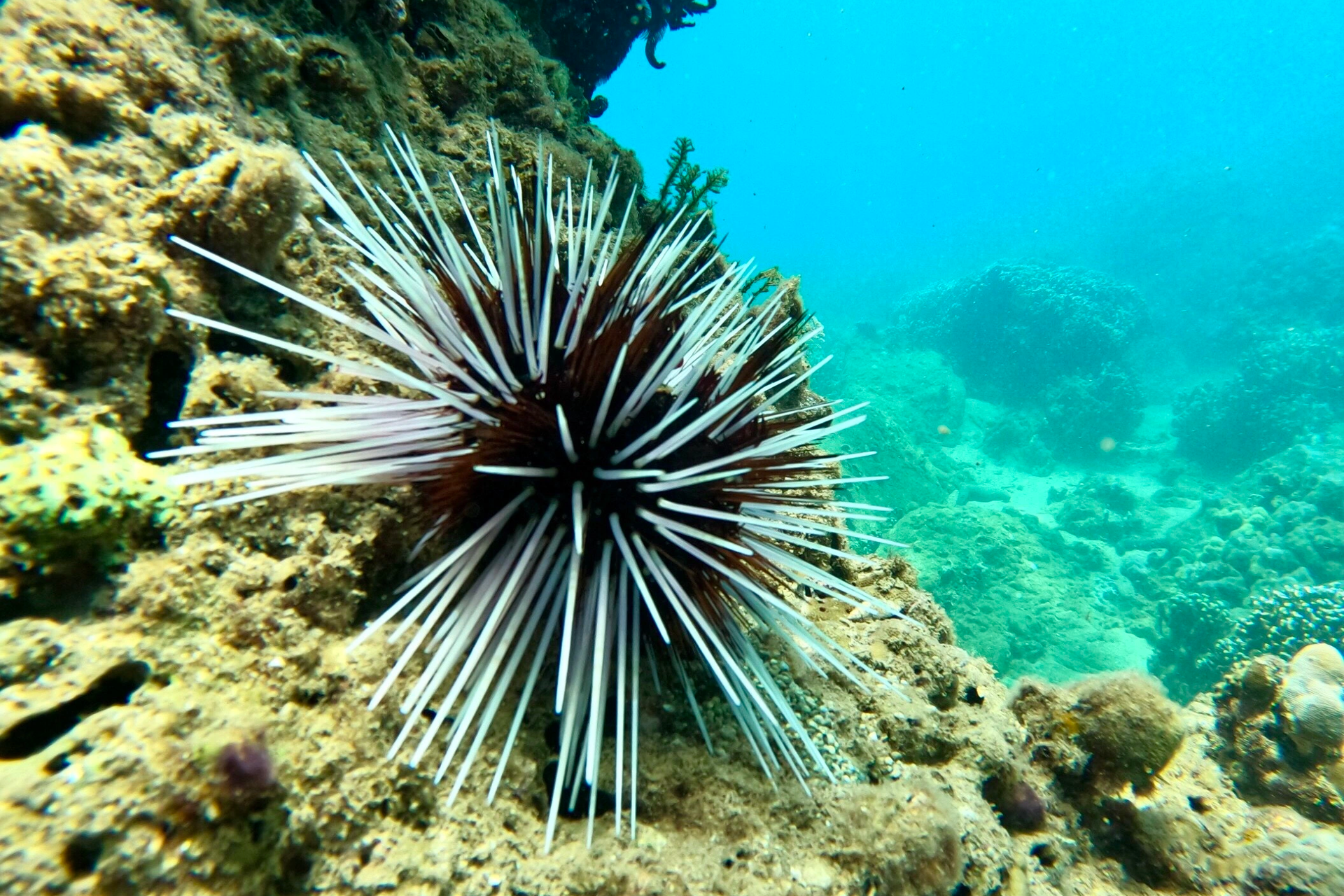
Sea urchins (sea urchins, sea urchins) scientific name Echinoidea. Sea urchins move slowly and mostly eat algae. In some seas, sea urchins also eat some types of soft corals and some types of soft-bodied seagrass.
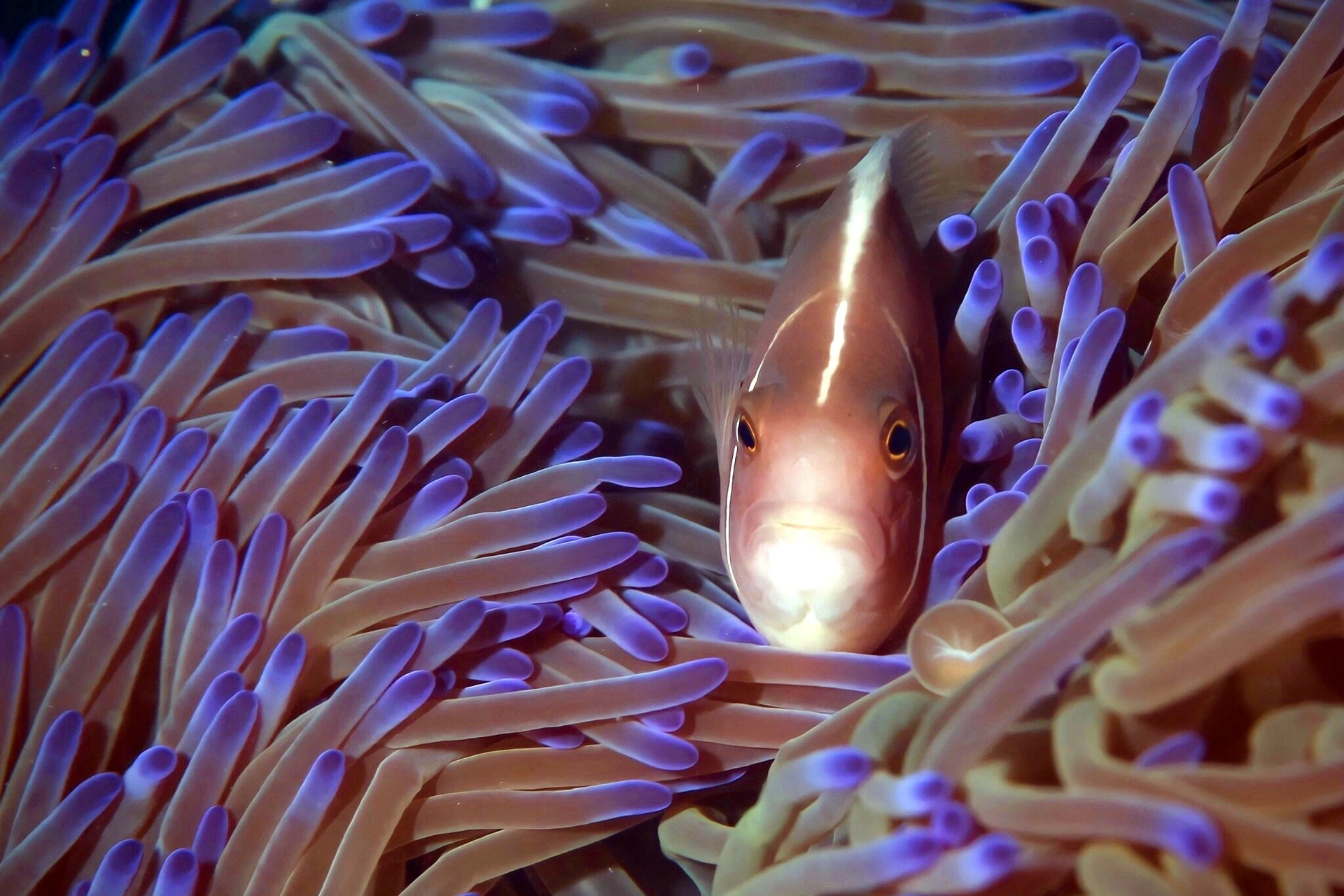
Soft-bodied wild sunflowers are the home for clown-faced fish to stay. Clownfish are omnivores and can eat undigested food from their host anemone. In contrast, feces from clownfish will provide nutrients for sea anemones.
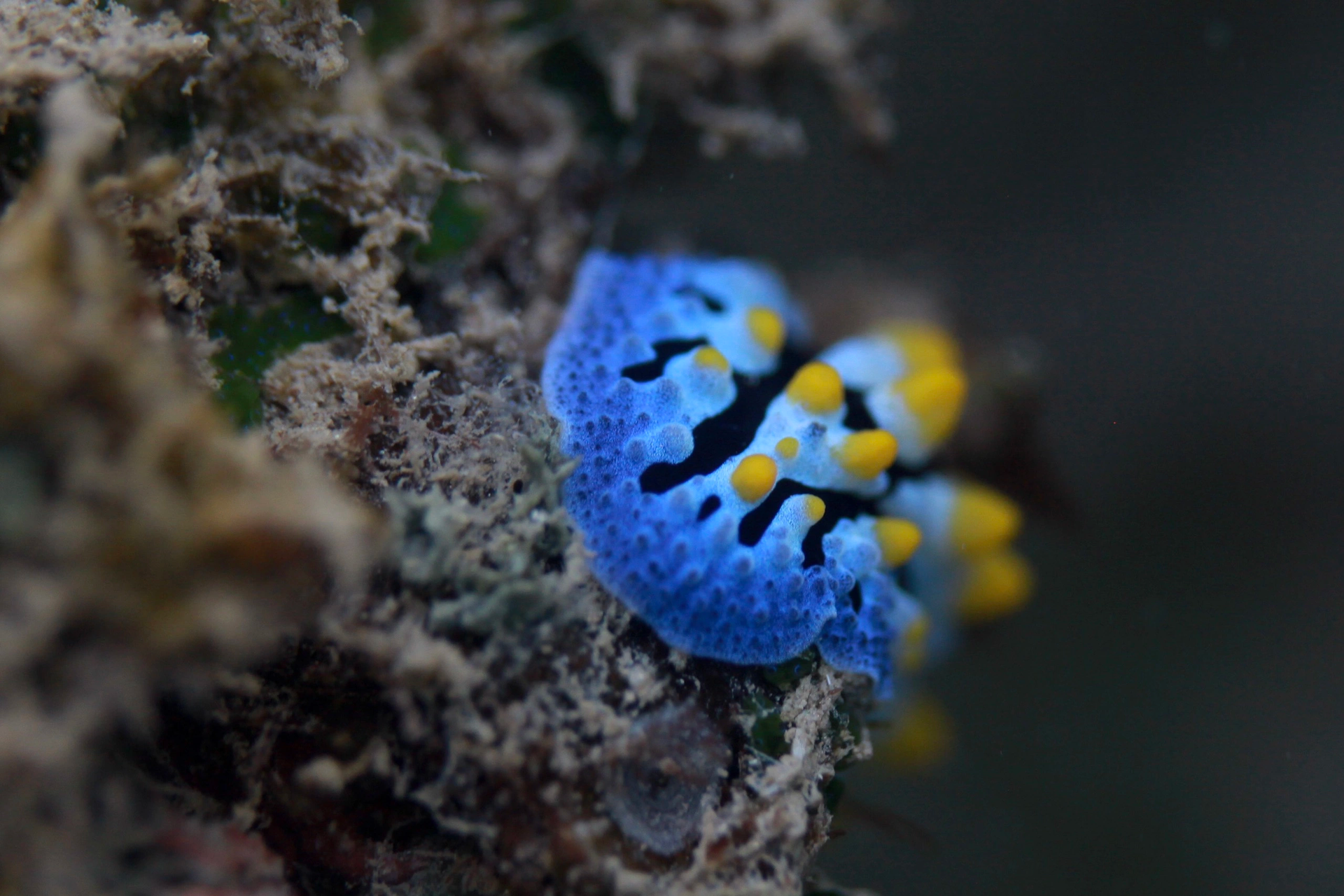
Sea slugs are the common name for marine invertebrates. Most sea slugs are gastropods, and through evolution, their shells have been reduced or completely disappeared.
Sea slugs vary in size, color and shape. In the picture is a blue sea slug. The bright color makes them always threatened by predators, but it is also a form of warning to other animals that they are poisonous.
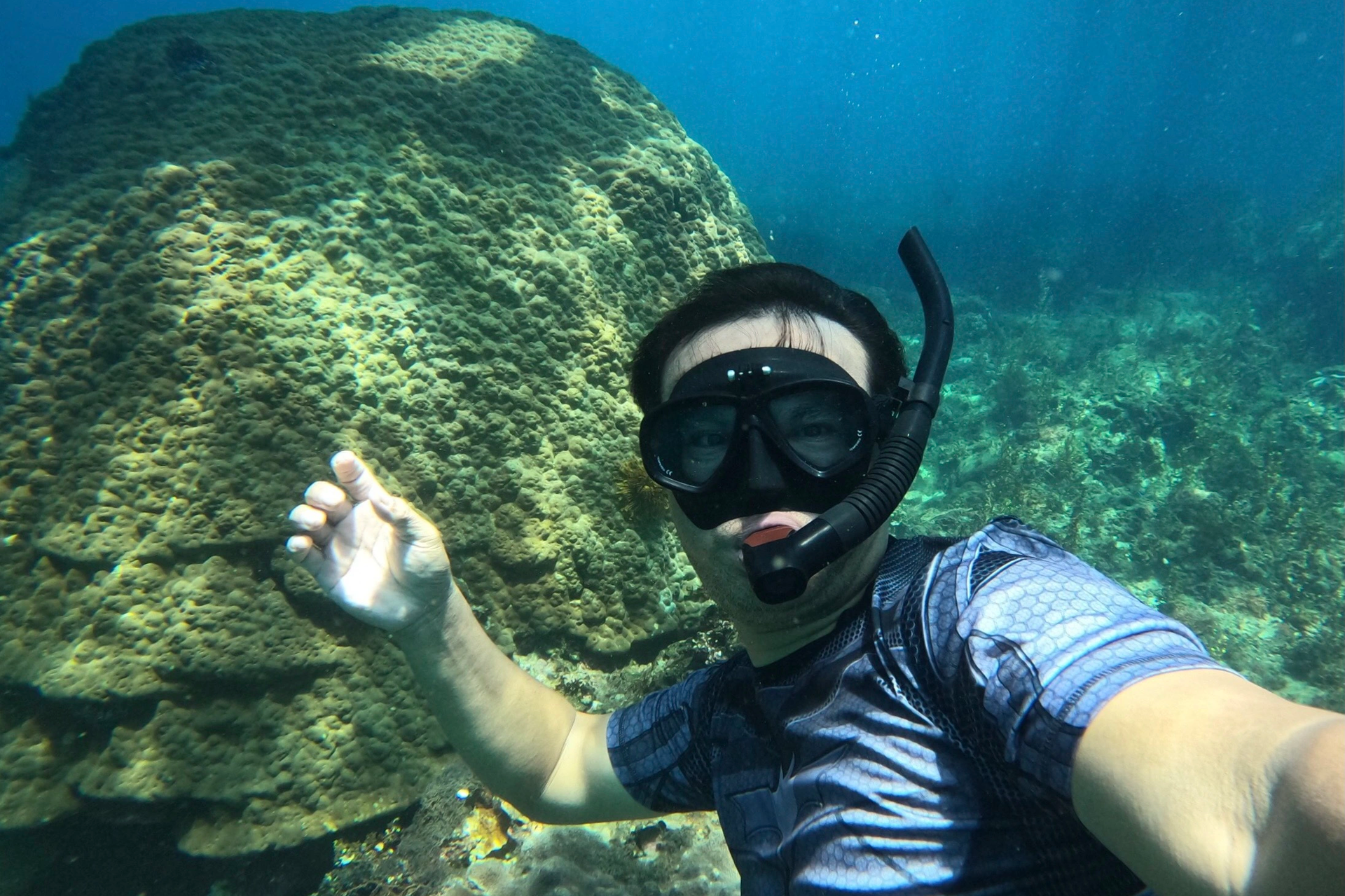
Not only does he record images of coral, over the years, Mr. Trung often picks up trash on the seabed. Each time he dives, he can bring ashore about 10kg of waste including bottles, beer cans, nets…
“When telling stories about picking up trash or taking photos of corals and the natural beauty of creatures on the seabed, I want to convey the message of environmental protection to everyone,” Mr. Trung confided.





